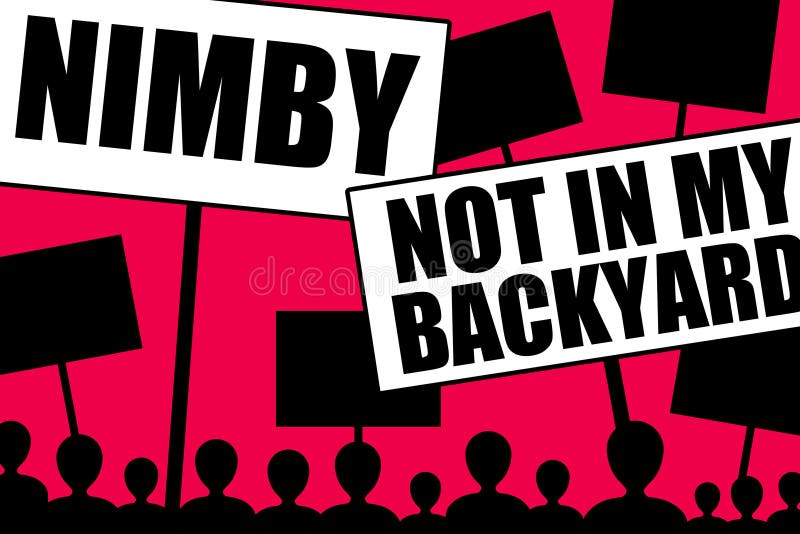
- Colorfinale edits not in exported video final cu pro how to#
- Colorfinale edits not in exported video final cu pro full version#
- Colorfinale edits not in exported video final cu pro install#
- Colorfinale edits not in exported video final cu pro pro#
- Colorfinale edits not in exported video final cu pro plus#
There are also a few nifty features speeding up the editing process that Resolve is still lacking – one of them is the ability to set in and out point of the clip while scrubbing over the thumbnails or the filmstrip in the project media browser. Some options are pretty well hidden though! The additions to Resolve 12 trimming and editing make it a viable tool for creative editing. Another example: creating subclips is only possible when you right-click on the selected in-out range in the source monitor. Some tools are simply hidden too well, not present in any menu. It takes a moment to realise what the modes do and how they work, apart from being just tools that to open a timeline in the source monitor you have to drag it there or that to perform Lift you have to use Delete Selected with in and out set. The only thing I can complain about is the discoverability. Dynamic trimming is also there, available with a single keystroke. Similarly, the way you switch modes from Normal Edit (no operation changes timeline length) to Trim Edit (all operations are now rippling) is clever, possibly not innovative, but very clear and agreeable to my way of operating. In fact, one thing that Resolve should be commended for is the way it handles track collisions on rippling – it’s intuitive, clever and saves a lot of time in the end. Most of your usual suspects are there, including such useful things as head and tail edit, and a sync lock, which actually works properly and predictably, unlike in certain other applications. This brings the editing toolset almost to the completeness, at least in the sense of 2015 NLEs.
Colorfinale edits not in exported video final cu pro plus#
There are quite a few significant improvements, especially in the audio area, like the possibility to use VST and AU effects, more priority given to audio over video playback, a brand new audio track mixer, as well as new editing tools – multicam clips and compound or nested timelines plus any trim type that you can possibly imagine. The recent release of Resolve 12 is supposed to change that. After the initial waves of enthusiasm, Resolve editing faded into background and became little more than a curiosity. But I have not seen any projects edited purely from start to finish in Resolve 11. There were some brave souls who attempted to try it out on their projects, and even some universities decided to forego installing an NLE in their suites, in favour of Resolve. Regardless of the initial hype and of impressive initial toolset, editing in Resolve 11 was clunky, the experience far from seamless, and in the end not really suited to anything but casual editing or correcting bad conforms. With the release of version 11, Resolve started to aggressively expand from purely grading tool into non-linear editing. Now it is attempting to take over your edit suite, and this is what I decided to focus on in my assessment. It’s simply a great, affordable grading tool, a worthy replacement of Apple Color.
Colorfinale edits not in exported video final cu pro how to#
While this perk might have influenced my opinion about the company and the product, it’s no secret that I have liked Resolve for a long time, used it on my projects since version 9, and trained people how to work with it.
Colorfinale edits not in exported video final cu pro full version#
Both include return arrows next to most parameters to reset their values to the default, along with contextual pulldown selectors, and contextual menus (identified by three vertical dots).Full disclosure: I was offered a full version of Resolve Studio from Blackmagic Design in exchange for this review with no other strings attached. These panels utilize an interface design language consistent with Final Cut Pro.
Colorfinale edits not in exported video final cu pro pro#
To apply Color Finale 2, drag the Color Finale 2 or Color Finale 2 Pro** effect from the Final Cut Pro effects palette onto any video clip, compound clip, title, generator, or adjustment layer (title effect) on the timeline.Ĭolor Finale 2 is divided into two sections - a control panel located in the Final Cut Pro inspector and a floating, resizable layer editing panel.
Colorfinale edits not in exported video final cu pro install#
The user will not normally need to access this application - it is used to check for and install updates to Color Finale 2. It also installs a separate Color Finale application required to operate within the macOS framework. In addition to feature differences, Color Finale 2 Pro will also interface with Tangent hardware control surfaces.Ĭolor Finale 2 installs as a video effect filter (plug-in) into both Final Cut Pro and Motion. This guide may refer to some features only found in the Pro version, so consult our website for a feature comparison between the two versions.



Color Finale 2 is available in both a Standard and a Pro version. It surpasses the built-in color correction tools and turns Final Cut Pro into a professional grading solution. Color Finale 2 is a color correction plug-in designed exclusively for Apple Final Cut Pro.


 0 kommentar(er)
0 kommentar(er)
